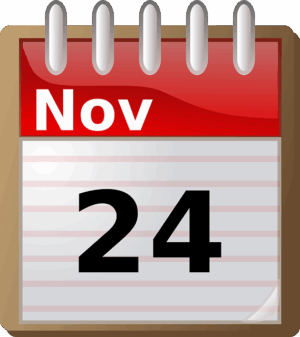Patient no-shows significantly impact healthcare access, staffing, and finances. Technology-driven reminder systems using automated calls, emails, and SMS messages effectively reduce no-shows by improving patient engagement. These strategies, including personalized messages and reminder calls with interactive elements, enhance loyalty and adherence. Measuring success through no-show rates and prompt arrival times, healthcare providers can optimize clinic operations and patient care. Future trends involve AI and machine learning for personalized reminders and telemedicine integration to further revolutionize patient engagement and resource utilization.
In the digital age, technology-driven solutions offer a promising approach to combat patient no-shows, a prevalent issue impacting healthcare providers worldwide. This article explores how SMS, email, and reminder calls can significantly improve attendance rates. We delve into the understanding of no-show trends, the role of technology in effective reminder systems, and strategic implementation techniques. By examining success metrics and future innovations, we uncover a game-changing strategy to enhance patient engagement through reminder calls in healthcare settings.
- Understanding the Impact of Patient No-Shows
- The Role of Technology in Reminder Systems
- SMS, Email, and Call Reminders: Effective Strategies
- Implementation and Patient Engagement Techniques
- Measuring Success: Tracking Attendance Rates
- Future Trends and Innovations in Medical Reminders
Understanding the Impact of Patient No-Shows

Patient no-shows are a significant challenge in healthcare, impacting both individual practices and the wider healthcare system. These missed appointments can lead to reduced access to care for other patients, increased workloads for medical staff, and financial losses for clinics. Understanding the reasons behind no-shows is crucial to developing effective solutions. Many factors contribute to this issue, including patient transportation issues, poor time management, lack of awareness, or even fear of medical procedures.
By implementing technology-driven reminder systems, healthcare providers can significantly reduce these instances. Reminder calls, emails, and SMS messages serve as gentle nudges, increasing patient engagement and promoting timely attendance. Automation in clinic reminder systems ensures personalized and efficient communication, targeting specific patients with tailored reminders, ultimately aiming to boost medical attendance rates and create a smoother, more accessible healthcare experience.
The Role of Technology in Reminder Systems
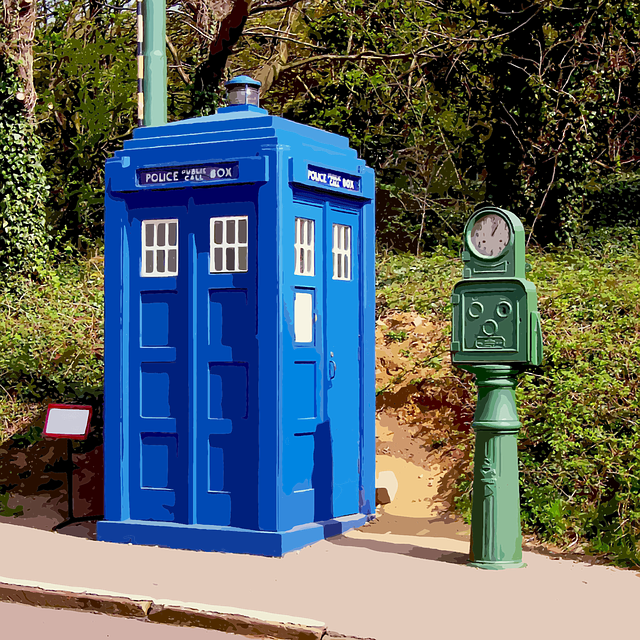
In today’s digital era, technology has revolutionized healthcare by introducing innovative reminder systems that significantly enhance patient engagement and reduce no-shows. These systems, encompassing SMS, email, and reminder calls, act as powerful tools to improve attendance rates in medical settings. With just a simple notification, patients are reminded of their appointments, ensuring they stay on track with their healthcare routines.
The integration of technology into reminder processes streamlines the scheduling experience for both patients and healthcare providers. Automated reminder call services, for instance, can promptly notify patients, reducing the likelihood of missed appointments. This not only benefits individuals by fostering a sense of accountability but also contributes to efficient healthcare management. By leveraging at-your-convenience communication channels, these no-show prevention tools become an integral part of enhancing overall patient care and satisfaction.
SMS, Email, and Call Reminders: Effective Strategies
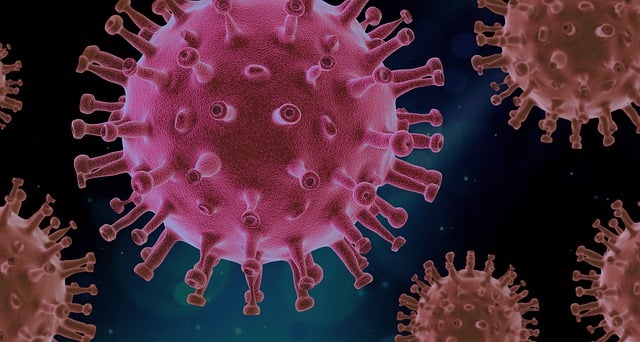
SMS, email, and call reminders have emerged as powerful tools to enhance patient engagement and improve medical attendance rates. These technology-driven strategies offer a multi-channel approach to ensure patients receive critical reminders, fostering a sense of accountability and encouraging timely arrival for their appointments. For instance, SMS reminders are known for their high open rates, making them an effective way to reach patients quickly. Healthcare providers can automate these messages to be sent out 24–48 hours before an appointment, with personalized content including the date, time, and location, reducing the chance of no-shows.
Email reminders, another reliable method, provide a more detailed narrative, allowing healthcare professionals to include important pre-appointment instructions or relevant resources. Patients can also easily save these emails for future reference. Similarly, reminder calls offer a direct line of communication, where trained call center agents can address patient concerns and motivate them to attend their appointments. This personalized touch can significantly boost medical attendance, especially when combined with other no-show prevention tools like healthcare scheduling reminders and medical attendance boost strategies.
Implementation and Patient Engagement Techniques
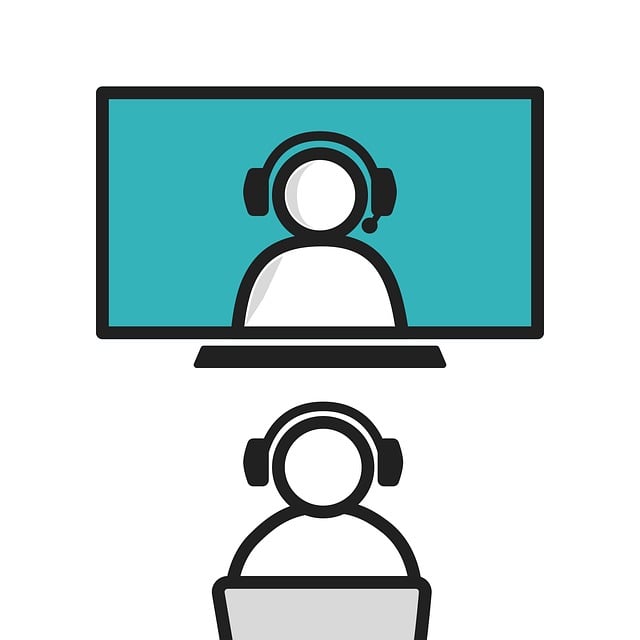
Implementing technology-driven reminder systems requires a strategic approach to ensure effective patient engagement. One of the key techniques is personalizing the reminders, allowing healthcare providers to tailor messages with specific details about appointments, such as date, time, and location. This can be achieved through dynamic email or SMS templates that include patient names and relevant clinic information. Additionally, leveraging reminder calls, where a dedicated team makes automated phone calls to patients, has proven effective in reducing no-shows. These calls can be further enhanced by incorporating interactive elements, such as two-way communication, enabling patients to confirm their attendance or request changes.
To boost medical attendance rates, engaging patients with these reminder tools is essential. Reminder call services can employ friendly and professional staff who not only deliver reminders but also address any initial concerns or questions patients may have. This human touch, combined with timely reminders, can significantly improve patient loyalty and adherence to appointments. No-show prevention tools that utilize these reminder strategies as part of a comprehensive approach have shown promising results in various healthcare settings, leading to better resource allocation and enhanced patient care.
Measuring Success: Tracking Attendance Rates

Measuring success is a crucial step in evaluating the effectiveness of technology-driven reminder systems. By tracking and analyzing attendance rates, healthcare providers can gauge the impact of these initiatives on patient engagement. Simple yet powerful metrics like no-show rates, prompt arrival times, and overall attendance percentages provide clear indications of improvement. For instance, a significant drop in no-show instances suggests that reminder calls or emails are making a positive difference, encouraging patients to honor their appointments.
Automated clinic reminder automation systems, when integrated with features like reminder calls medical professionals can employ, offer valuable insights. These tools enable healthcare institutions to monitor trends, identify patterns in non-attendance, and make data-driven adjustments. As a result, they contribute to enhancing patient care by ensuring better medical attendance boost, ultimately leading to more efficient clinic operations and improved patient outcomes.
Future Trends and Innovations in Medical Reminders
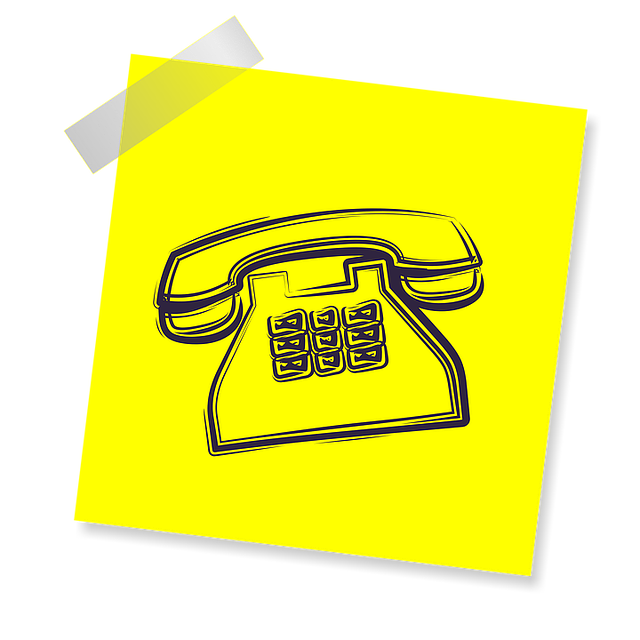
As technology continues to evolve, future trends in medical reminders are expected to be more personalized and sophisticated. Artificial intelligence (AI) and machine learning algorithms can analyze patient data to predict no-show patterns and automatically trigger tailored reminder calls or emails. These advanced systems could learn from individual patient behavior, preferences, and past attendance records, ensuring the most effective communication methods are used. For instance, a patient who frequently misses appointments due to work commitments might receive text message reminders, while those with poor phone reception could be sent email notifications.
Additionally, integration of telemedicine and remote healthcare services with reminder call systems is on the horizon. This combination allows for seamless scheduling and follow-up care, further reducing no-show rates. With virtual consultations becoming increasingly common, automated reminder services can ensure patients attend these sessions, maintaining continuity of care. These innovations in healthcare scheduling reminders not only improve patient engagement but also contribute to more efficient resource utilization within medical practices.
